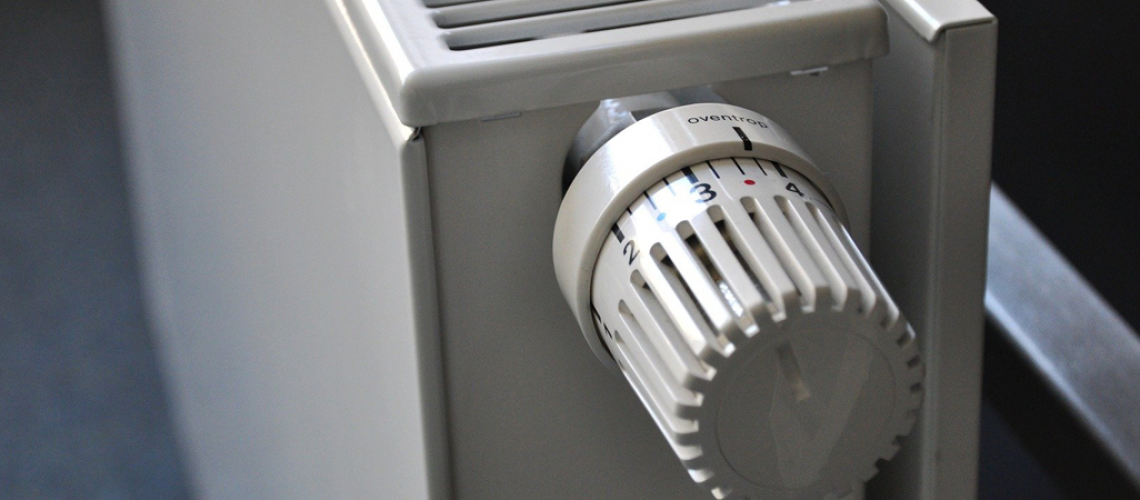How to keep your home warm this winter.
Autumn has come and gone in the blink of an eye, and winter is here. It feels like autumn has only just started. In recent weeks, the temperature has plummeted, and we are already seeing what this winter has in store for us with recent winter storms. But have you winterized your home yet?
If you’ve already prepared your home for the autumn season, winterizing it should be a breeze. As temperatures drop and energy bills rise, it can be difficult to keep residences warm on a budget.
But don’t worry, RightSure is here to help!
We’ve scoured the internet and social media for some amazing “hacks” to keep your home toasty this winter while also helping you save money on your energy bill.
Bleed radiators
Bleeding your radiators is one approach to make your heating system function more efficiently. When air gets trapped inside radiators, they must be bled. It’s time to bleed them if you notice that they’re cold at the top but warm at the bottom. Need some help to bleed them?
Leave the oven door open after cooking
This one is an easy hack. Once you’ve finished cooking, leave the oven door open. Doing so will allow the heat to dissipate through your home much more quickly. Just keep watch that little hands or paws don’t touch the open oven door.
Allow the sun to shine
Allow the sun to shine – this is difficult even in the summer. During December, however, the UK receives an average of 47 hours of sunshine. When the sun is shining, leaving the curtains and blinds open allows more radiant energy to enter than to leave. Leaving the curtains open will also provide a boost and improve vitamin D production, which aids in the fight against pests and infections.
Close blinds and curtains
So, we have just told you to keep the curtains and blinds open, well, keep them closed. At least when the sunsets. Keeping blinds and curtains closed at night will help keep the cold out, and the lovely warmth in.
Allow enough room between radiators and soft furnishings
To allow radiators to efficiently heat your home, ensure that there is enough distance between radiators and soft furnishings. Sofas and mattresses, for example, will prevent warm air from circulating in your home. They can also damage furniture, such as leather sofas, if they are kept too close together.
Fit draught excluders around doors
Draught excluders around doors are another low-cost solution that will keep your home warm and comfortable. Draft excluder tape is easy to apply and can be found at many hardware and online retailers. The tape is self-adhesive and can help keep your home warm during winter by simply placing it on the inside of the door frame.
Snug as a bug, get a rug
Nobody likes waking up to a cold floor, especially if it’s wooden. A rug in your bedroom or front room (which are typically the places you spend the most time in) can make it feel cosier and warmer. If you don’t have underfloor heating, adding a rug can help avoid heat loss through the flooring.
Close off rooms that aren’t in use
Another strategy to save money on your energy bills is to close off rooms that aren’t in use. Turning radiators to low heat, covering windows and vents, and closing doors can help you conserve energy and prevent heat loss in attic spaces, offices, spare bedrooms, and dining rooms because they aren’t usually used.
Layers
This winter, layering is a great method to stay warm. It may be a warm blanket to curl up with while watching TV or adding a second or third layer when going out.
Throws and blankets are excellent additions to any room. They can instantly change the mood of a space and create a sense of cosiness. Plus, if you get a chill while curled up on the sofa, they’re right there to warm you up.
It might also be an extra layer on your bed to keep you warm enough to keep the cold out. A thin cotton sheet between you and your duvet, with a light blanket on top, should ensure a peaceful night’s sleep.
Turn the heating down
25 degrees. You can save money and the environment while still being warm and cosy with this tip/hack. Simply lower the temperature by one degree!
Most households set their thermostats to 20 degrees, which is one degree higher than what climate change recommends. You might save up to £80 by lowering the temperature in your home.
If you want to save even more money, look into lowering your house insurance premiums. Our Home and Contents Insurance Experts can assist you in comparing home insurance policies from some of the UK’s most reputed insurers. Our knowledgeable brokers have years of expertise and a broad understanding of the market, putting them in the greatest position to find you customised insurance that suits your needs at a reasonable price.
So, why not see how much you could save?


